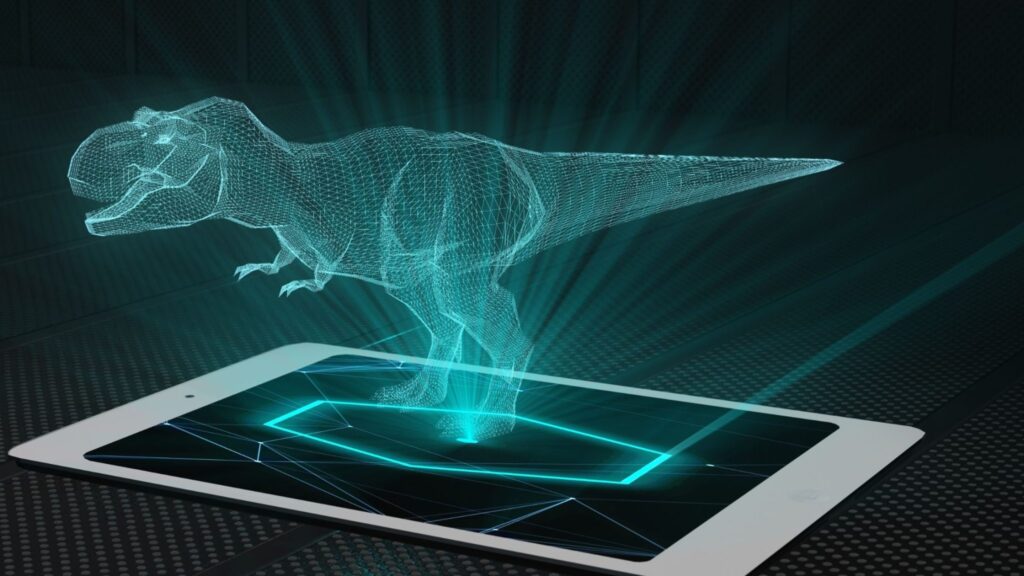Revolutionary Advancement Paves the Way for Commercial Holographic Displays and a Technological Paradigm Shift.
24 October, 2023.
In a groundbreaking technological leap, researchers at the Massachusetts Institute of Technology (MIT) have introduced “tensor holography,” a novel method that harnesses artificial intelligence to produce real-time 3D holograms. What sets this innovation apart is its exceptional efficiency, making it possible to run on a smartphone, offering the tantalizing promise of bringing commercially available holographic displays within our grasp.
Today’s virtual reality (VR) experiences are often constrained by the limitations of simulating 3D environments on flat, 2D screens. The resulting disconnect between what the eyes perceive and the mind expects can lead to discomfort, sometimes referred to as “VR sickness.” In stark contrast, holography offers viewers a dynamic and immersive visual experience, where the perspective shifts with the viewer’s position, and the eyes can naturally adjust focal depth to alternate between foreground and background elements.
The potential applications of this groundbreaking technology extend far beyond mere entertainment. MIT’s tensor holography has the power to catalyze a spillover of holography into diverse fields, including virtual reality and 3D printing, thereby redefining the ways we interact with technology.
Tensor holography leverages the capabilities of deep learning to produce holograms in real-time, a feat once considered the stuff of science fiction. This efficiency means that the method can be run on readily available devices, from laptops to smartphones, with dazzling speed. The fusion of AI and holography presents an exciting frontier, fostering fresh opportunities in both consumer and industrial contexts.
Dr. Gordon Wetzstein, an assistant professor of electrical engineering and computer science at MIT, expressed his optimism, stating, “We’re trying to open the bottleneck of the time it takes to compute 3D holograms.” The team’s tireless efforts have borne fruit, and they anticipate that their approach will finally unlock the potential for commercially available holographic displays that can enrich the way we interact with technology.

This revolutionary development has far-reaching implications. It is poised to revolutionize the fields of virtual reality, 3D printing, and medical imaging, among others. The ability to create lifelike, real-time 3D holograms offers unparalleled opportunities for innovation and enhanced user experiences. Medical imaging, for example, could benefit from more precise, interactive, and immersive representations of anatomical structures.
As this technology continues to evolve, it has the potential to bridge the gap between our digital and physical worlds. The convergence of AI and holography opens new avenues for creativity and problem-solving, promising to change the way we visualize data, entertainment, and education.
In the era of rapidly advancing technology, MIT’s tensor holography method is a testament to the power of human ingenuity. With each stride forward, we inch closer to a future where Artificial intelligence and holography are no longer confined to the realm of science fiction but become an integral part of our everyday lives.
Resources:
1.https://news.mit.edu/2021/3d-holograms-vr-0310
2.https://blog.adafruit.com/2021/03/13/using-ai-to-generate-3d-holograms-in-real-time/
3.https://www.slashgear.com/mit-tech-generates-3d-holograms-in-real-time-11663219/
4.https://developer.nvidia.com/blog/mit-3d-holograms-deep-learning/
5.https://computing.mit.edu/news/using-artificial-intelligence-to-generate-3d-holograms-in-real-time/